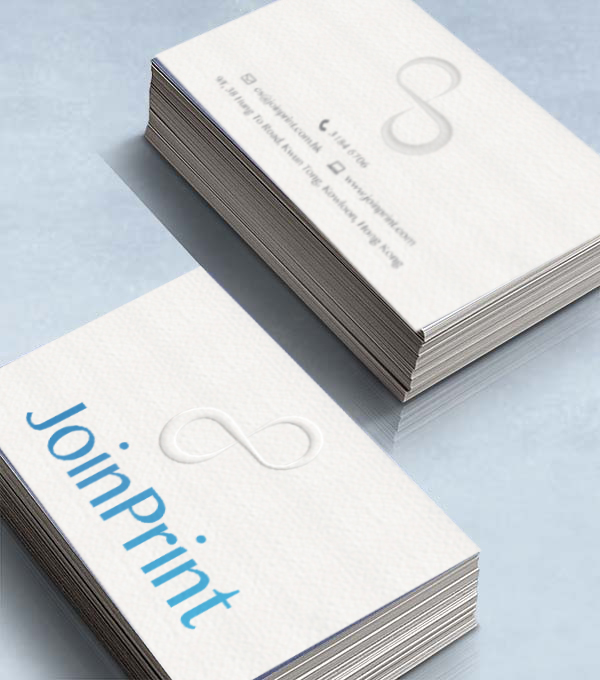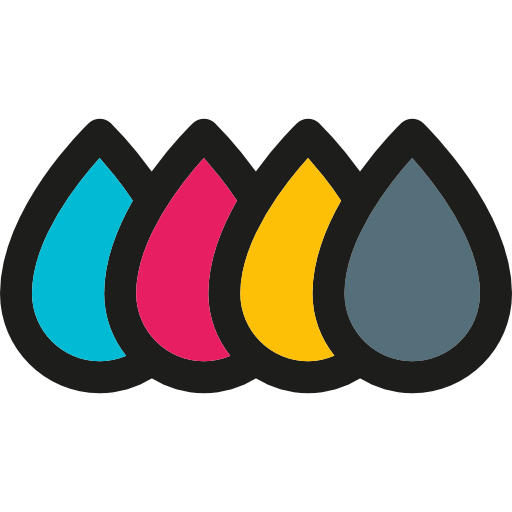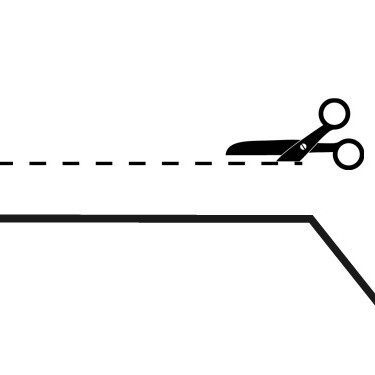
Advice on applying UV coating
UV coating is a high gloss layer applied post printing. It is clear and visually appealing, making the printed products even more eye-catching. Apart from the aesthetic appeal, UV coating also provides superior protection from tear and wear, water and chemical. The application of UV coating is therefore getting increasingly popular. UV coating can be used for covering the whole surface of product or just covering a small area. This increases designing options for designers and marketers. However, there is something you have to pay attention to when applying UV coating. The following is advice for those who are considering UV coating.
Layout
To facilitate the printing process, please prepare a layout plan indicating the areas to be applied with UV coating and areas to be left uncoated. The areas to be coated should be left at least 0.125 inch from the edges of printed products in order to avoid cracking during cutting and folding.
Inks
Inks used should be UV coating compatible. It should not contain wax, polyethylene, silicones or other surface active materials, which will greatly reduce the adhesion of the UV coating to the inks.
Please also avoid pigments such as Reflex Blue, Rubine Red, Rhodamine Red, and the colors, which contain these pigments since these colors can cause bleaching.
You should be careful when using metallic inks in conjunction with UV coating. Metallic inks will form metallic particles and create an unstable surface when the varnish dries. It causes difficulties in UV coating adherence.
In addition, the inks should be hard-drying so that they can resist the heat generated by UV coating machine.
Papers
Papers with a clay coating should not be used as they can absorb UV coating before it is cured, resulting in streak. In fact, please make sure that you use an acid-free stock when choosing a stock to be UV coated. Acids in stock can turn the color of UV coating to yellow and lead to adhesion issue.
Testing and quality control
UV coating requires quality control and testing prior to and during production to ensure the coating meet high-quality standards and all of the components are compatible with each other. It should be guaranteed that the readability and glossiness are optimized.
Conclusion
UV coating is a great way to make your printed products visually compelling. Special attention however has to be paid for the best adherence of UV coating. Layout plan, inks and papers should be carefully considered and quality control should be carried out. Please check out with your professional printing company to see how to create a perfect UV coating on your products.




